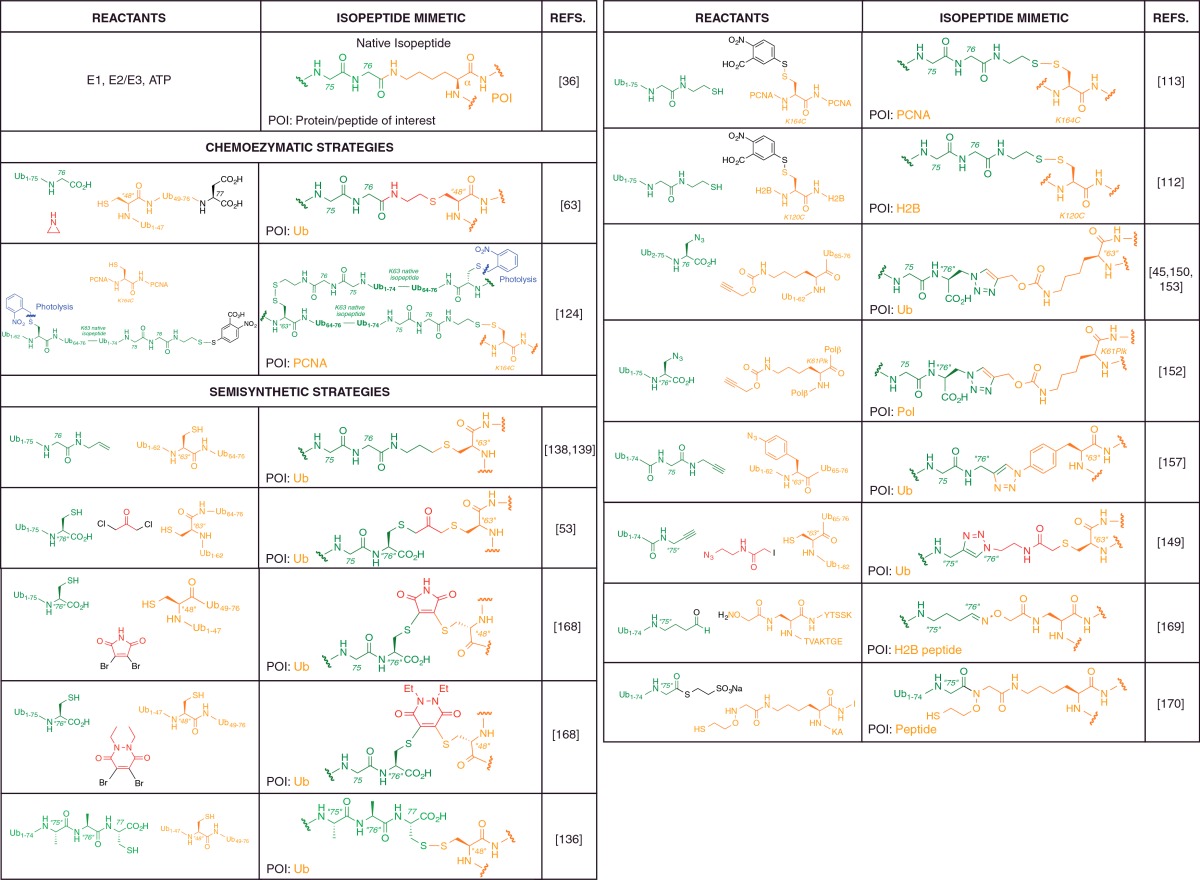Table 1. Literature examples of non-native isopeptide linkages incorporated into Ub chains or ubiquitylated proteins and peptides in lieu of the native isopeptide linkage.
Reference to the native isopeptide bond structure allows comparison of the non-native linkages with the atomic connectivity of the native isopeptide linkage. The table colour coding is given as follows: orange, protein/peptide of interest (POI) present in a reactant or in the non-native linkage; green, Ub (or polyUb) present in a reactant or in the non-native linkage (independent of the POI); red, small molecule reactant which forms a component of the non-native linkage; black, chemical auxiliary present in a reactant but not in the final conjugate conjugate; blue, blocking functionality that permits iterative chain assembly. The main reagents for a specific ligation procedure are provided but not all small molecule reagents necessary have been specified. Atom labels, X, denotes the native amino acid position whereas “X”, denotes a non-native amino acid or mutation introduced at position X (for example, 76 and ‘76’, referring to Gly-76 of Ub). Mutations of the native Ub amino acid sequence at positions not directly relevant to the isopeptide bond are given in parentheses within the reactant chemical structures.

